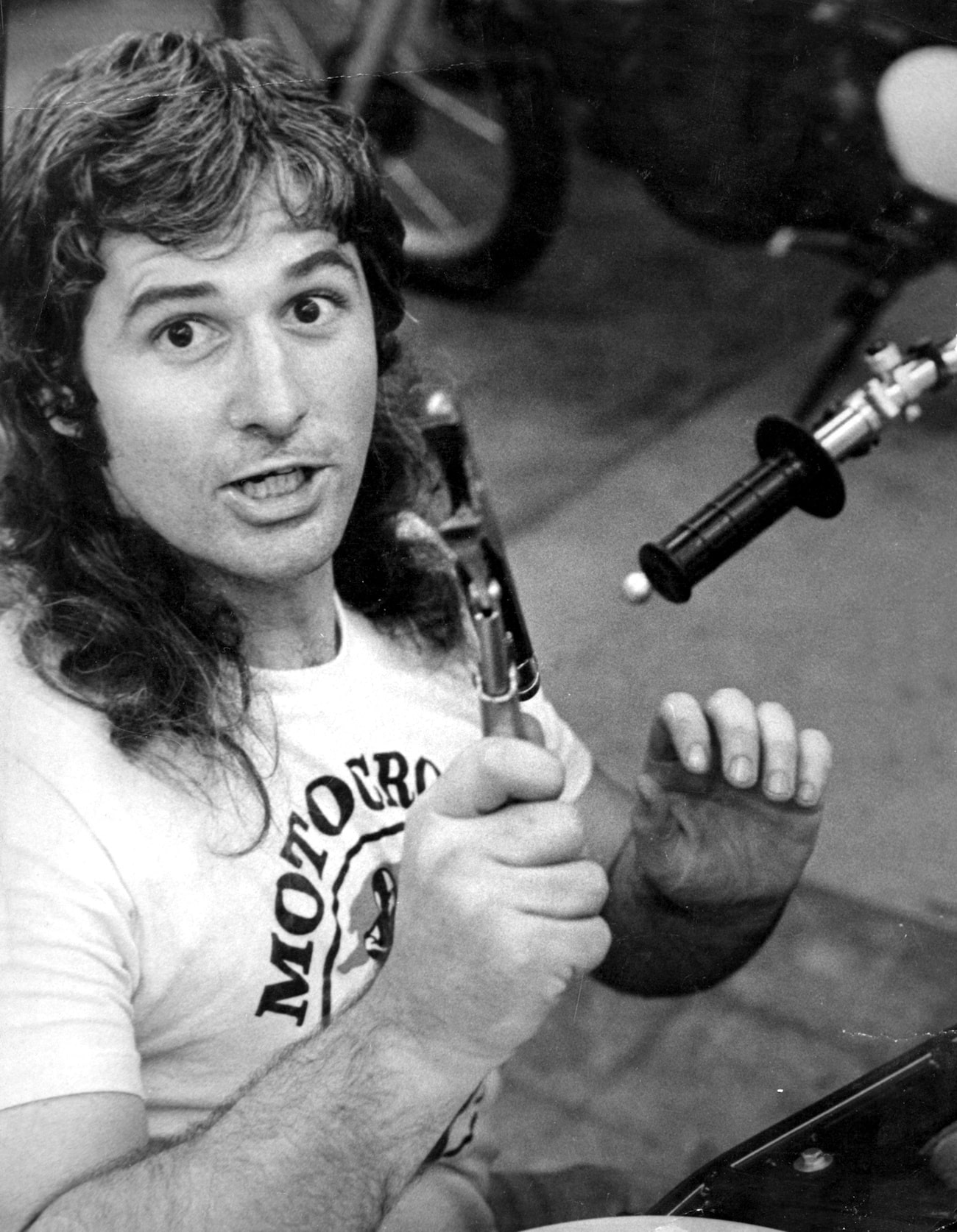BEST OF JODY’S BOX: THE UNSPOKEN TRUTH OF “THE PIG IN THE POKE”
BY JODY WEISEL
One of the sad things about modern motocross bike tests is that they only come in two flavors–acidic or sweet. I know this better than anyone on the planet because I have been the leading champion of the tart, tangy and acerbic bike tests since the day motocross bike tests were introduced. I can’t see myself writing a syrupy love poem to a bike that I know is flawed…even if it is just the seat bolts that house the miscue. I must admit that I always look for the bad stuff first. Much like a cop patrolling the mean streets of Beverly Hills, I look for the out-of state-plates and whether the driver is wearing a stocking cap or not. When I find a flaw, which typically takes about five seconds, I go Code 3; lights and sirens.
“ANY RIDER WHO PLUNKS DOWN $8500 DESERVES TO KNOW THE FULL STORY OF WHAT HE WILL BE LIVING WITH FOR THE FORESEEABLE FUTURE. HE SHOULDN’T BUY A PIG IN POKE. I SEE MYSELF AS THE GUY WHO POKES HOLES IN THE POKE TO GIVE THE BUYER A BETTER VIEW OF THE PIG.”
Some people can play the piano, some can do complicated Boolean-valued equations and some can set the time on a VCR. I can unearth errors in a motocross bike. It is a blessing and it is a curse.
The blessing is that it makes my job a lot easier. As a motorcycle test rider I work for the end consumer—and I believe that any rider who plunks down $8500 deserves to know the full story of what he will be living with for the foreseeable future. He shouldn’t buy a pig in poke. I see myself as the guy who pokes holes in the poke to give the buyer a better view of the pig.
The curse is that it is so much easier to write sugarcoated bike test. Which is why most media test riders have never met a bike they didn’t like. Not only is the writing less gut wrenching, but you don’t make any enemies. I know what you are thinking. You think that I’m talking about the scorn of marketing men, engineers and public relations guys who equate a bad test with anthrax in the mail. No, I’m not talking about them. Instead, I have firsthand knowledge that writing a bad test makes enemies of the Suzuki fans who bought the bike, plan to buy the bike or owned a Suzuki back in 1996.
The day that MXA cracked the engine cases on the 2008 Suzuki RM-Z450 on day one of MXA’s test, an incident that would cost Suzuki all of their momentum in the 450 motocross business to this day, their PR guy looked at the oil gushing out of the cases and said, “If you guys don’t tell anybody about this for a day, I will have time to look for a new job.” He was joking, but I never worry about the feelings of the men who make the bikes—I assume that they are intelligent enough to know whether their bike is good or bad, I’m just confirming it.
The true believer, which is what investing in a motorcycle brand makes a rider, has 9000 reason to think that my test is wrong. I accept that, I’m just trying to make sure that no one else joins the ranks of the true believers without some check and balances.
Which leads me to a story about my friend Laroy Montgomery. Laroy (not Leroy) and I raced together, worked in the same shop, he was my personal mechanic and we stayed friends until death did us part (sadly). Back in 1979 Laroy came from Texas to spend a month living in my spare room…it’s a spare room because that’s where I keep lots of motorcycle parts. Laroy’s timing couldn’t have been better. He was looking to buy a new 125 when he got back to Texas and since I was in middle of 1979 MXA 125 Shootout, he got the opportunity to ride all of them. Plus, I shared my wisdom about which bikes were good and admonished him to avoid the 1979 Honda CR125. This was the year that the CR125 came with a 23-inch front wheel. With the larger than normal front wheel, the 1979 Honda CR125 swapped at any speed over any bump, but sadly you couldn’t put a 21-inch front wheel on the bike because the frame geometry was designed for the 23-incher and it handled atrociously with the 21 on it.
In a desperate effort to fix the Honda’s handling flaws, Laroy and I drove up to Al Baker’s shop and cut 8mm out of the backbone of the frame and welded it back together. This surgery slackened the head angle enough to allow a 21-inch front wheel to work. I didn’t want to go to such extremes, but I wanted 1979 Honda CR125 owners to have some hope for their bikes.
A month later Laroy called me from Texas to tell me that he bought a new bike and just wanted to thank me for all the advice.
“What did you buy?” I asked.
“A brand-new 1979 Honda CR125,” he said in his slow Texas drawl.
“Laroy, why would you buy the worst bike of the year?” I asked in shock.
“I own a hacksaw, too,” he said.








Comments are closed.